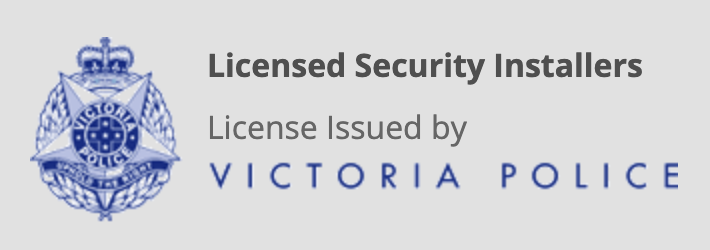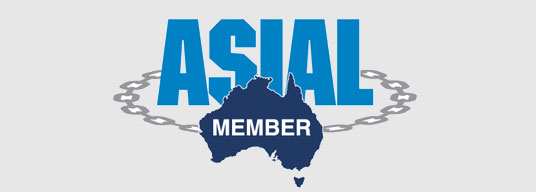A CCTV system is made up of a variety of different pieces that work together to make your property a safer place. Without each piece the system does not function. To help you better understand CCTV we are going to go over the various components from the cameras to the NVR and everywhere in between.
The CCTV Camera(s)
The backbone to the CCTV system is the camera, or cameras. These are the devices that allow the system to be able to see everything that happens on the property. With high quality systems, such as those made by Hikvision, you are able to connect a variety of camera types to a NVR in order to properly cover each area that you have.
When picking a security camera for any part of your property, you want to evaluate what type of camera would be best. Do you want a bullet camera? How about a dome camera? Does it need to be vandal proof?
Network Video Recorder
Depending on the system you are installing you will need either a network video recorder (NVR). These are the systems that each camera cable leads to. On the video recorder the signal from each camera is decoded and converted into an image.
While the NVR will come with all of the software pre-installed, it will still need to be set up. Each camera needs to be plugged in and named. Some systems will also need you to set up areas for each camera and views to determine which cameras you want to view, when. In addition to that, not every NVR comes with the hard drive installed. This will need to be done in order for the system to record.
Different NVR systems will have options for the number of CCTV cameras that can be plugged into them. Typically you can find 4, 8, and 16 camera options.
Cabling
There are very few wireless CCTV systems out there and you likely don’t want to use them. Wireless CCTV systems are easy to interfere with and are generally less reliable. This may change as wireless technology advances but you want a reliable system. Because quality systems like Hikvision are not wireless, you will need a number of cables to get the system to work.
Each camera will need a CCTV cable to transmit the image from the camera to the NVR. Some systems will connect to your business’s network so that you don’t need to run the data cable all the way to the NVR, just to the nearest network hub. The cameras will also need a power cable to provide the power needed to function.
A CCTV NVR will also have a number of cables. One will be to provide power to the box, this is known as the power supply. You will also need the cables to connect the NVR to a screen so that you can monitor the system. Lastly, you will need a network (ethernet) cable in order to connect your system to the internet.
Installing The System
Some CCTV systems are designed to be installed by yourself. These systems are called DIY kits. You will still need to mount cameras, run wires, and set the whole thing up. Having a company such as Precision Security Australia install your cameras will help to ensure that everything is set up properly and your system is less likely to have problems. Most installers are also insured and expertly trained to do the job.
Now that you better know the different components that make up a CCTV system, you will know what to expect when you go out to buy one. A good CCTV system will help you to protect your property and safeguard those on it. Calling a reputable installer such as Precision Security Australia will help you to get the process started.




